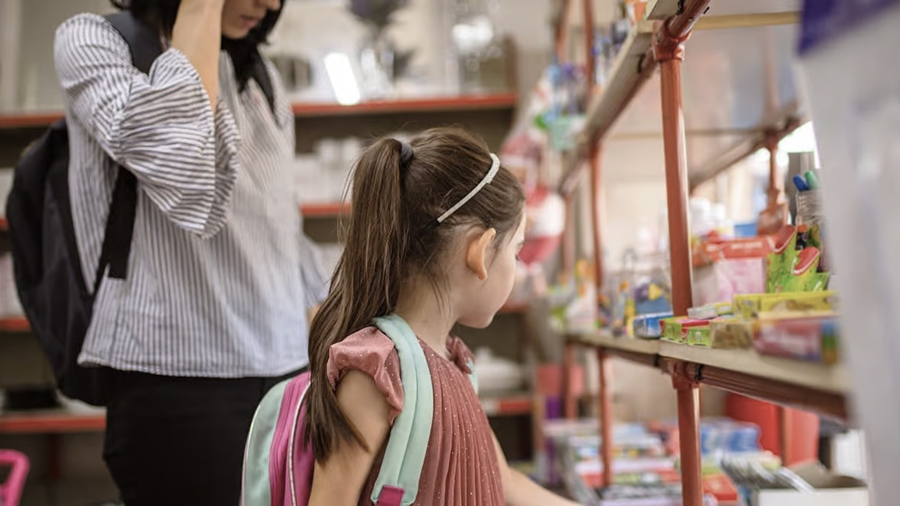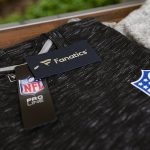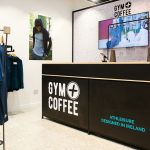Concerns about potential tariff-related price increases on back-to-school-related products have jump-started early shopping this year, according to the National Retail Federation’s annual survey.
The NRF reported that two-thirds (67 percent) of surveyed respondents shopping for back-to-school have started purchasing items for the upcoming school year as of early July, up from 55 percent in 2024 and the highest early shopping rate since the NRF began tracking the cycle in 2018.
Additionally, one-half (51 percent) of families are shopping earlier for back-to-school items this year compared to last year, primarily due to concerns about rising prices resulting from potential tariff-related price increases.
“Consumers are being mindful of the potential impacts of tariffs and inflation on back-to-school items, and have turned to early shopping, discount stores, and summer sales for savings on school essentials,” the NRF’s Vice President of Industry and Consumer Insights, Katherine Cullen, said. “As shoppers look for the best deals on clothes, notebooks and other school-related items, retailers are highly focused on affordability and making the shopping experience as seamless as possible.”
This year’s research by the NRF included 7,581 consumers and was fielded from July 1 to 7.
While consumers are getting a head start on back-to-school shopping, most (84 percent) of surveyed respondents still have at least half of their purchases left to complete. The top reasons cited were waiting for the best deals (47 percent), not yet knowing what items the kids need (39 percent) or are planning to spread out their purchases for budgeting purposes (24 percent).
For those looking for back-to-school deals this summer, retailer events such as Prime Day, Walmart Deals and Target Circle Week remain a popular option. Four in five surveyed respondents (82 percent) plan to shop the July sales specifically for back-to-school 2025.
Families with students K-12 plan to spend an average of $858.07 on clothing, shoes, school supplies, and electronics, down from $874.68 in 2024. Despite surveyed respondents budgeting less for this year’s back-to-school shopping season, slightly more are purchasing apparel and electronics, driving expected total spending to $39.4 billion, up from $38.8 billion last year.
Parents of K-12 students are budgeting an average of $295.81 for electronics ($13.6 billion total), $249.36 for clothing and accessories ($11.4 billion total), $169.13 for shoes ($7.8 billion total), and $143.77 for school supplies ($6.6 billion total).
As in recent years, the most popular destinations noted by surveyed respondents for back-to-school shopping are online (55 percent), followed by department stores (48 percent), discount stores (47 percent), and clothing stores (41 percent).
Parents shopping for college-age students plan to spend an average of $1,325.85, down from $1,364.75 in 2024. Although per-person spending has decreased, on average, more parents are shopping across almost every category, bringing expected total back-to-college expenditures to $88.8 billion, up from $86.6 billion last year.
The Top 5 categories for college spending include $309.50 on average for electronics ($20.7 billion total), $191.39 for dorm or apartment furnishings ($12.8 billion total), $166.07 on clothing and accessories ($11.1 billion total), $140.24 on food ($9.4 billion total) and $117.95 on personal care items ($7.9 billion total).
“This increase can largely be attributed to higher income households, while lower income households are pulling back across categories because of economic uncertainty,” Prosper Executive Vice President of Strategy Phil Rist said. “Regardless of income, families want to ensure their students are set up for success. They are cutting back in other areas, using buy now, pay later, or buying used or refurbished items to have everything they need for the school year.”
The NRF reports in the survey that the top shopping destination for college students and parents remains online (48 percent), followed by discount stores (36 percent), department stores (35 percent), and college bookstores (27 percent). While these destinations align with 2024, discount stores have gained five percentage points in popularity this year as shoppers seek value.















